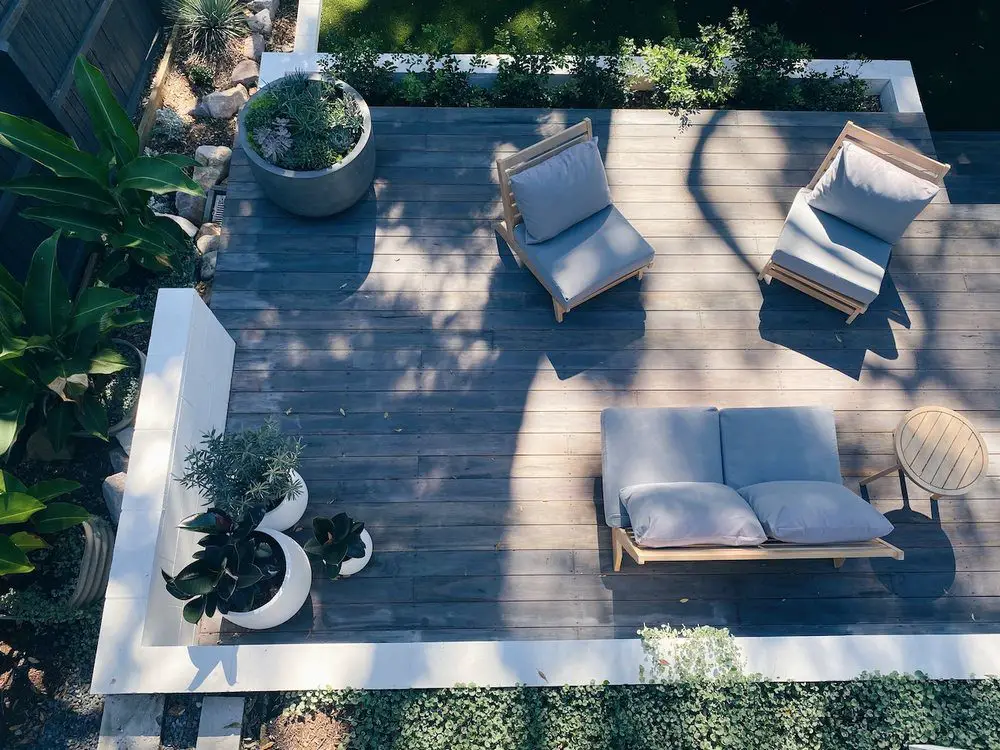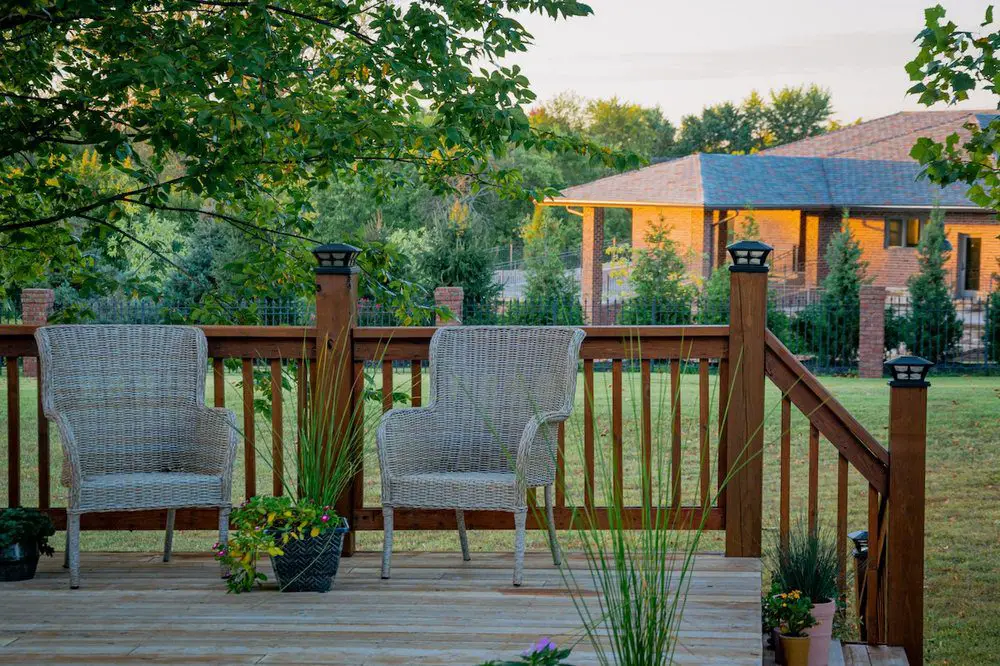Change was the name of the game over the last two years — especially in the real estate industry. Thanks to the COVID-19 pandemic, housing trends drastically shifted. One of the biggest noticeable impacts the pandemic brought upon the housing market was the rise in ADUS, or accessory dwelling units.
ADUs often take the forms of renovated attic or garage apartments, backyard guest homes, or interior conversions that serve as comfortable additional living quarters within the main property.
Accessory Dwelling Units: A Game-Changer for Families and Airbnb Hosts
Keep reading to learn more about the rise in ADUs, their typical uses, and whether or not you should consider adding one to your property!
The Rise and Typical Uses of the Accessory Dwelling Units
The COVID-19 pandemic painted a clear picture of some of the issues in our society, one of the biggest being the safety of nursing homes. Moreover, ongoing child care needs for working parents and the appeal of keeping family pods close to evade loneliness — just in case more stay-at-home orders should arise — all sparked a rise in multi-generational housing. This has led to a significant increase in ADUs.
According to top real estate agents polled in HomeLight’s End of Year 2021 Report, the two top uses of an ADU nationwide are to house the parent or grandparent of the current occupants or to support adult children who need temporary housing for financial reasons.
Such living arrangements can present many benefits. Those with aging parents no longer need to worry about the safety of their parents in long-term care facilities and parents receive child care assistance from grandma and grandpa.
The third most common use for an ADU is to accommodate short-term renters by renting out the space to vacationers. While the influx of ADUs in the last year is mostly not for short-term rental purposes, there’s no denying that these rentals have increased significantly.
Common types of ADUs
The most common type of ADU, cited by the top real estate agents, is the detached ADU, meaning there are no shared walls with the property. These are most likely popular as they’re guaranteed to have a separate entrance, the top amenity homeowners want in their ADUs.
An attached ADU (shares at least one wall with the main property) is the second most common type, followed by an interior conversion and garage conversion.
What value will an ADU add to your property?
Given their increased use for multi-generational housing during the pandemic, ADUs have risen in value in the last year. In pre-COVID times, an ADU was valued at approximately $47,497. Now, the value for an ADU is about $65,908 nationally, which denotes a 38% increase.
This value is ultimately dependent on the region. For instance, ADU value has increased the most in the Midwest, with a jump of about 54%.
While the value has increased, agents estimate that the costs of building an ADU come to around $77,239, putting the national ROI of an ADU at -15%.
The bottom line? ADUs definitely add value to your home and many like the idea of building one to increase their home’s marketability, however homeowners, especially those wanting to sell their property for the most value — should consider the costs that go into building one before doing so purely for investment purposes.
Short-term rentals have increased thanks to the pandemic
Approximately 51% of top real estate agents across the nation have noticed an increase in short-term rental properties. This is especially true in idyllic vacation destinations, like the South Central region where 61% of all polled realtors noted an increase. As noted, short-term rentals aren’t the most common use for an ADU, however, there’s no denying they’ve become more and more prevalent thanks to the pandemic.
So what’s the reason for the increase? To put it simply, homeowners noticed the demand for short-term vacation homes had risen. When COVID-19 forced people to work from home and remote work became the new norm, employees were now at liberty to work from wherever they pleased. Since there was no need to show up on-site for work, many opted to log on to work from more pleasant locations.
Who wouldn’t enjoy a morning coffee amidst mountain views before jumping on a Zoom call? Indeed, employees loved closing their laptops for the day before heading off to the beach or ski slopes.
As the need rose, homeowners were quick to answer, and short-term rentals spiked, especially in sought-after vacation destinations.
While short-term rentals are great supplemental income, you’ll want to first consider the costs of the building before adding one to your property.
What makes short-term rentals valuable?
While short-term rentals have grown in popularity, there’s a lot to consider before sharing your home with vacationers. First, ensure vacation rentals are legal in your market, as only 67% of real estate agents report that it’s legal to rent out ADUs in their market.
Consider your location next. While inviting vacationers to your ADU for some extra cash sounds appealing, your property won’t be booked often unless it’s close to a popular tourist destination, city center, or college campus.
Lastly, a few specific features will set your short-term rental apart from the rest. While luxurious amenities are great, renters are looking for the basics. A private entrance is the top ADU feature, followed by central air conditioning and in-unit laundry machines.
The cons of short-term rentals
While short-term renters may supplement your income, there’s one huge downside. Neighbors hate them.
Vacationers often throw loud parties, disrespect property boundaries, or generally disrespect the property, so naturally, neighbors aren’t very fond of short-term rentals. After all, nobody wants to live next to a property that may have noisy tourists filtering in and out.
You may think you’ll be able to deal with complaints from your neighbors, but there are also financial problems that will result. Top real estate agents estimated that owner-occupied properties are worth 13.3% less when surrounded by a high volume of short-term rentals.
As noted, so long as your short-term rental is situated in a desirable vacation destination, you’ll most likely be rewarded with a high influx of bookings. However, the result could drastically lessen home values in your neighborhood, especially if your other neighbors jump on this trend as well.
If your end goal is to sell for the most favorable price, a short-term rental probably isn’t the best move for you.


